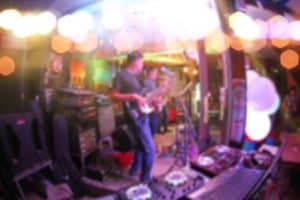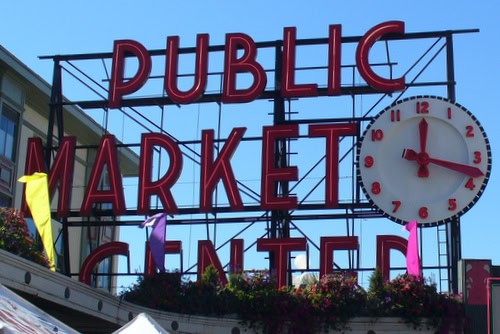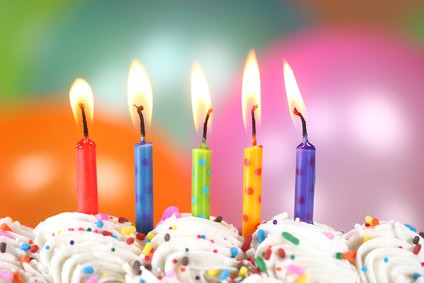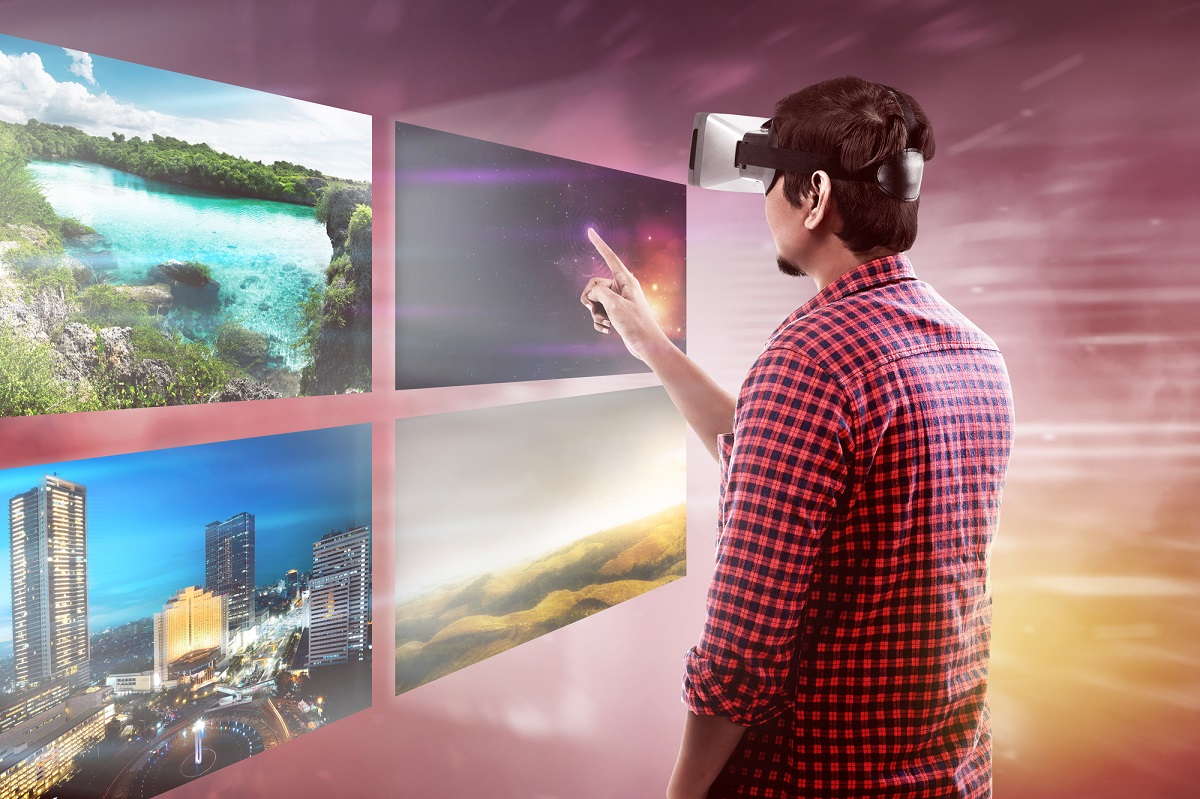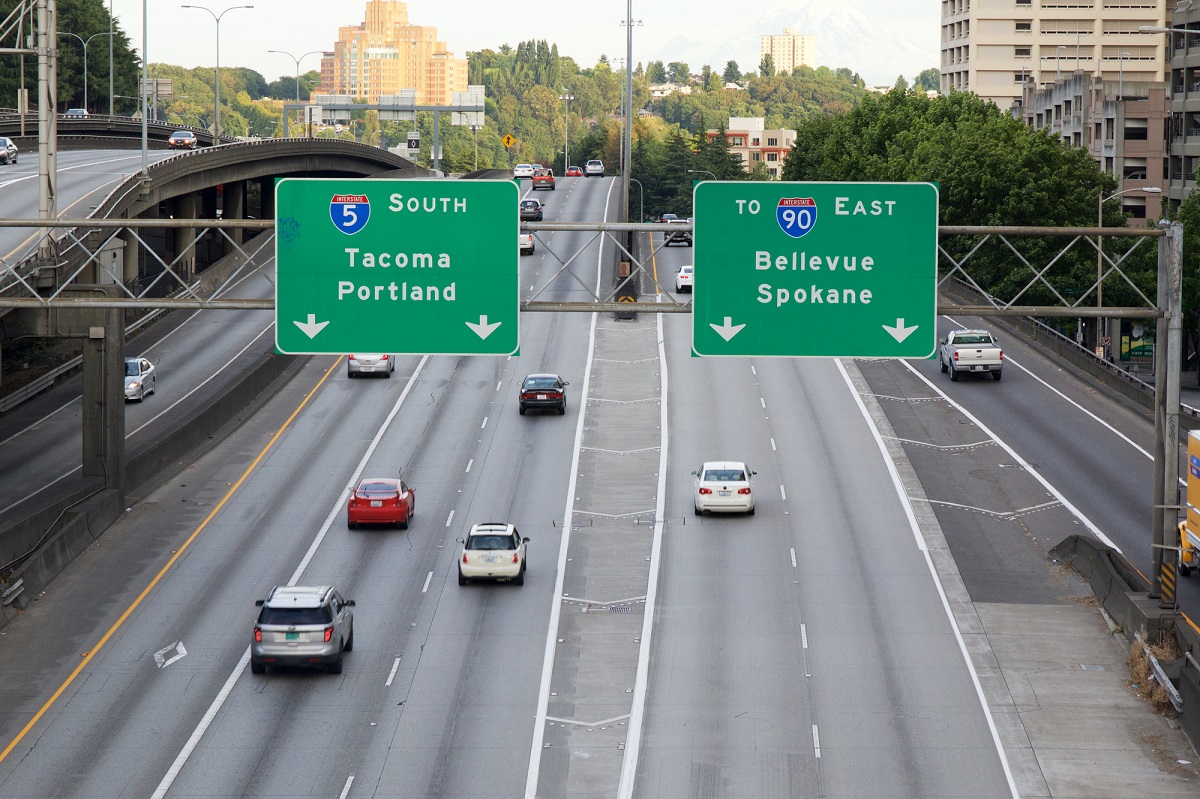Grand Coulee Dam, located 230 miles northeast of Seattle on the Columbia River in north-central Washington State. The massive dam is part of The Columbia Basin Project, managed by U.S. Department of Interior’s Bureau of Reclamation. Grand Coulee Dam includes three major hydroelectric power generating plants and a pump generating plant. The facilities provide power generation, irrigation, flood control, stream flow regulation for fish migration, navigation, and recreation.
The Grand Coulee* soars 350 feet above the downstream river and stretches just shy of one-mile across the river. The dam is 500 feet thick at its base and 30 feet thick at the top. The dam contains nearly 12 million cubic yards (9.2M cubic meters) of concrete, three times as much as Hoover Dam, which is taller by 176 feet, but less than 1300 feet across. Coulee contains enough concrete to build a sidewalk 8 feet wide and four inches thick that circulates around the equator (50,000 miles), or a highway from Seattle, Washington to Miami, Florida.
*Coulee comes from the French word couler, meaning “to flow”. The word can be used in everyday speech to refer to a small stream, shallow ravine, or gully.
History of Grand Coulee Dam
Grand Coulee Dam was designed as an irrigation project in the 1920s and financed as a jobs program in the 1930s. At the time, the general population viewed dams as good and a useful legacy for now and future generations. Completed in 1941 after eight years of construction, during which 77 lives were lost, Grand Coulee became the nation’s primary powerhouse in response to demands for electricity to support the World War II effort. After the war, it continued to provide much of the power for the Northwest’s continued industrial and urban growth.
To illustrate the thinking of the time, in 1941, Woody Guthrie traveled around the Columbia Basin and wrote a collection of 17 songs, released as “The Columbia River Collection”. Some of the best known are “Roll on Columbia”, “Grand Coulee Dam”, “Hard Travelin’,” and “Pastures of Plenty.” “Roll On Columbia, Roll On,” sung to the tune of “Goodnight Irene” and later adopted as the state folksong of Washington includes the line, “Roll along, Columbia, you can ramble to the sea, but river, while you’re rambling, you can do some work for me.” On the following YouTube video, you can listen to Woody singing the tune:
Grand Coulee dam was built to provide several functions:
- hydroelectric energy, the greatest potential source in the United States.
- irrigation for ~600,000 acres of Washington State’s agricultural land in the Columbia River Basin.
- flood control along the Columbia River.
- a designated National Recreation Area operated by the National Park Service. Lake Roosevelt extends 151 miles north to the Canadian border, has 600 miles of shoreline, and a surface area of 82,000 acres.
But construction of Grand Coulee was not without controversy:
- The dam inundated ancient villages, fishing spots, and burial grounds that had sustained the Columbia Basin’s Native Americans for thousands of years. Built without a passage for migrating fish, Grand Coulee eradicated wild salmon runs on the upper Columbia. It displaced about 2,000 members of the Colville Confederated Tribes and about 250 members of the Spokane tribe. For these groups, in particular, “progress” brought devastating cultural and economic loss.
- In addition to Native Americans, 3,000 to 4,000 white homeowners were forced off their land in order to construct the dam and form Lake Roosevelt. Most felt they were not fairly compensated.
- Ultimately, public controversy blocked plans to dam the last 50-mile stretch of the Columbia River on the Hanford Reach Project near the town of Pasco, as well as to double the Columbia Basin Project area from one-half to one million acres.
Today’s thinking has changed. Many dams are old, obsolete, and now considered environmentally unsound, rather than technologically forward (times change, huh.). Besides being expensive to repair, dams are being considered for removal to restore rivers to their original function, such as the Elwha River Dam.
The 100-year old Elwha River Dam on the Olympic Peninsula became the world’s largest dam removal project, begun in 2011 and completed in 2014. Today, the Elwha River is one of the largest ecosystem restoration projects in the history of the National Park Service.
What to see and do in the Grand Coulee Dam area
Whether a stopover or a destination, many find the Grand Coulee Dam to be an interesting and worthwhile stop.
The Visitor Center (Wa-155, Grand Coulee, WA 99133) is open daily (except Thanksgiving Day, Christmas, and New Year’s Day). The center features hands-on exhibits exploring the construction, impact, and management of the dam, plus related topics such as irrigation, flood control, and hydroelectricity. You can also take a short, free tour, providing a limited behind-the-scenes look at some of the dams inner workings.
The Colville Tribal Museum & Gift Shop (512 Mead Way, Coulee Dam, WA 99116) is across the Columbia River from the Visitor Center over the Grand Coulee Bridge. The museum’s cultural exhibits feature Colville Confederated Tribes, which include: Nez Percé, Okanogan, Methow, Wenatchi, Moses/Columbia, Nespelem, and Colville peoples. The exhibits include woven baskets, beaded buckskin clothing, historic photos, arrowheads, Lewis and Clark Expedition artifacts, and Matthew’s Gospel translated into Nez Percé. The tribal gift shop sells contemporary native arts and crafts. From the museum, you might enjoy a walk back across the historic Grand Coulee Bridge. There is a good view of the dam over the Columbia River and placards along the railings of the bridge walkway provide interesting details about the dam and geology of the area.
Other nearby stops are Crown Point State Park, about six miles west of the Visitor Center and Dry Falls, 35 miles south of Coulee Dam (and just south of US-2) on SR-155.
If you have time for a longer road trip, consider the Coulee Corridor National Scenic Byway between Omak and Othello along SR 17, SR 155 and US 2. The Coulee Corridor sights include deep gouges, gigantic gravel bars, and the effects of glaciation in central Eastern Washington. For more information and maps, also visit the U.S. Department of Transportation Federal Highway Commission Coulee Scenic Byway page.
Grand Coulee Dam generating plant tour. The Grand Coulee Dam generating plant tour are offered seasonally. The tour begins with a bus ride to the Pump-Generating Plant. Highlights of the tour include a look at the large pumps used for transporting water from Lake Roosevelt to the Columbia Basin Project, concluding with a ride across the top of the dam. More info: https://www.usbr.gov/pn/grandcoulee/visit/
Grand Coulee Dam summer laser light show
Grand Coulee Dam’s laser light show is held nightly in summer, from Memorial Day Weekend through September. Projected onto the spillway, the free show lasts about 30 minutes. Bring a blanket to sit on the ground and/or a warm jacket. Listed below are recommended viewing spots for the laser light show. Bring a portable FM Radio to listen to the simulcast on 90.1 FM.
- One of the best viewing locations is below the Visitors Arrival Center, from the park at the base of the dam. An outdoor sound system is provided.
- Douglas Park, in the town of Coulee Dam on the right side of Columbia Ave (The main Hwy 155), 2 blocks past the Visitors Arrival Center.
- The Grassy Hill, from the Landscaped Bleachers on the East Side of the Bridge, across from the Coulee Dam Business Area.
- Third Power House Parking Area, east across bridge and up the hill, past the Outdoor BBQ, through the gate, and up to the Stop sign. Turn Right and follow the paved road around to the large flat parking lot below the Third Power House.
- Crown Point Vista, 1 Mile Off of Hwy 174 West (mile post 19.5).
More info: Grand Coulee Dam Laser Light Show| Bureau of Reclamation (usbr.gov)
Many other activities in the Coulee Dam and expansive Lake Roosevelt Recreational Area include historic nature walks, scenic hikes, bicycling, wildlife viewing, bird watching, fishing, and camping, along with boating and other water activities (swimming, water skiing, etc.).
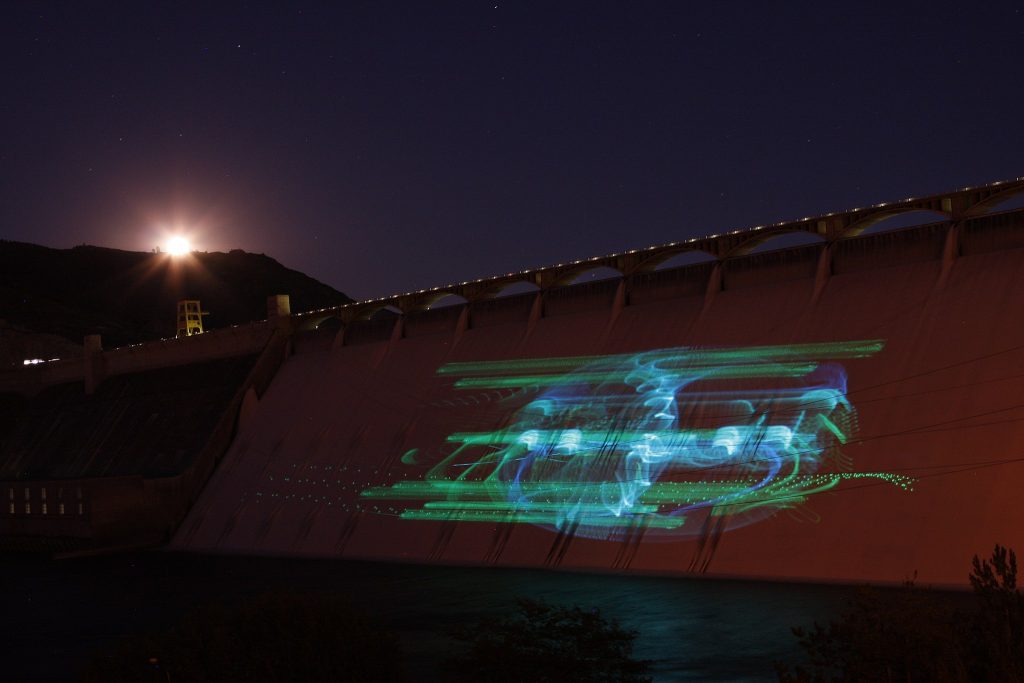
Grand Coulee Dam laser light show, 2012 photo by John Masterson (CC3)
Event calendar of free and affordable things to do
Listed below are all types of free and affordable things to do in the next 30 days.
Featured Events are listed first each day, highlighted by a photo. These are unique, popular, or annual events that we or our advertisers don’t want you to overlook.
Find more events and ideas for affordable living at Greater Seattle on the Cheap – Free things to do, cheap fun, discounts and deals in the Seattle-Tacoma metro area


